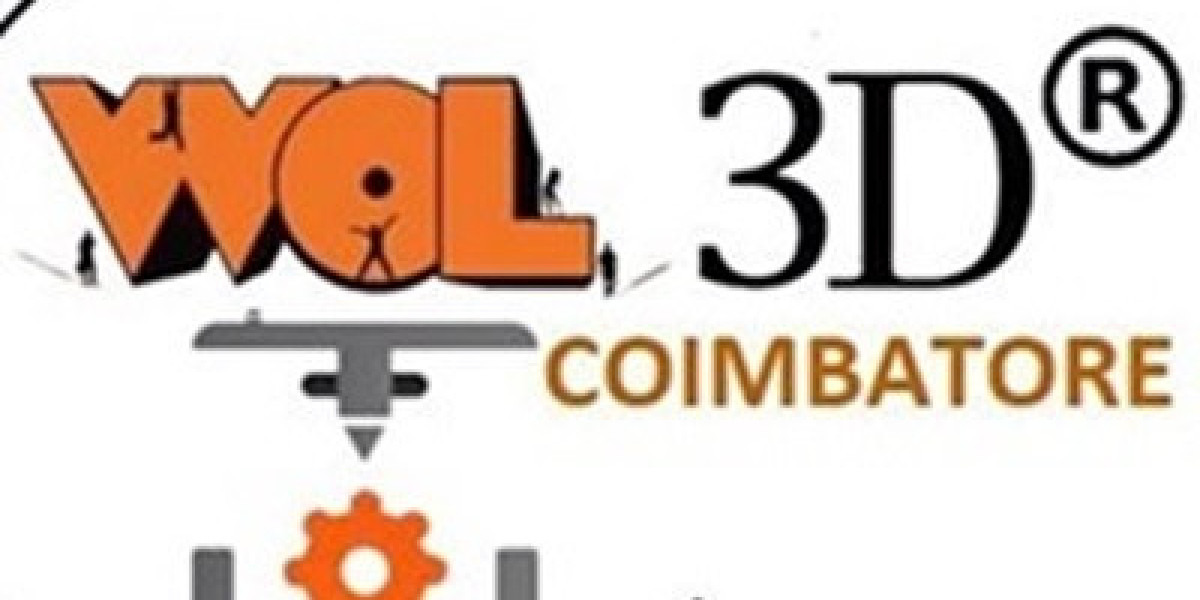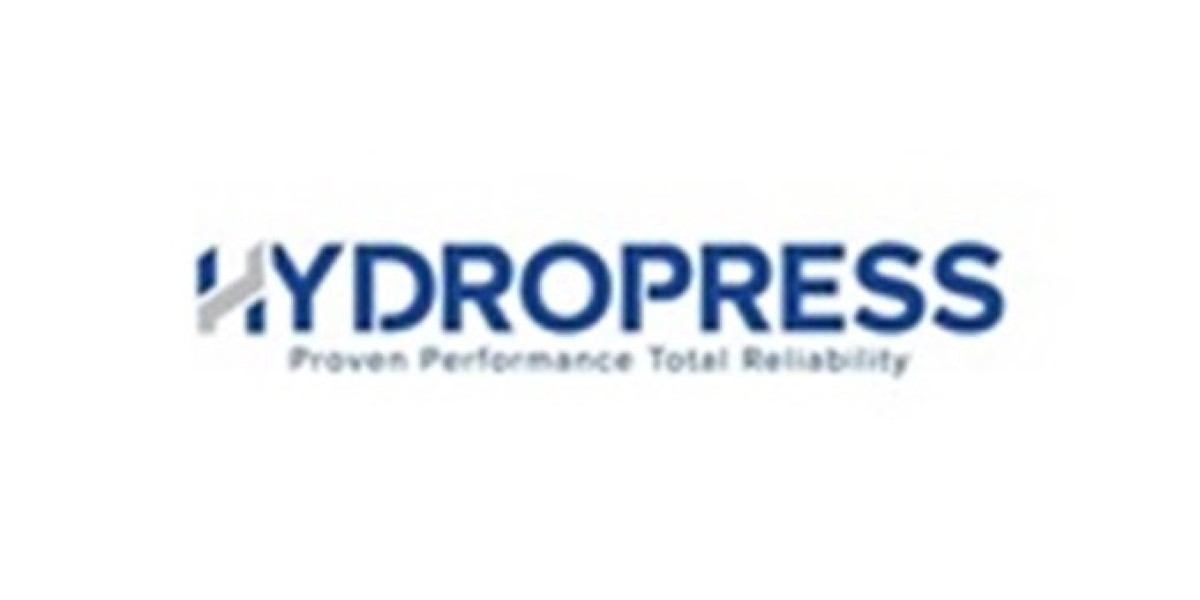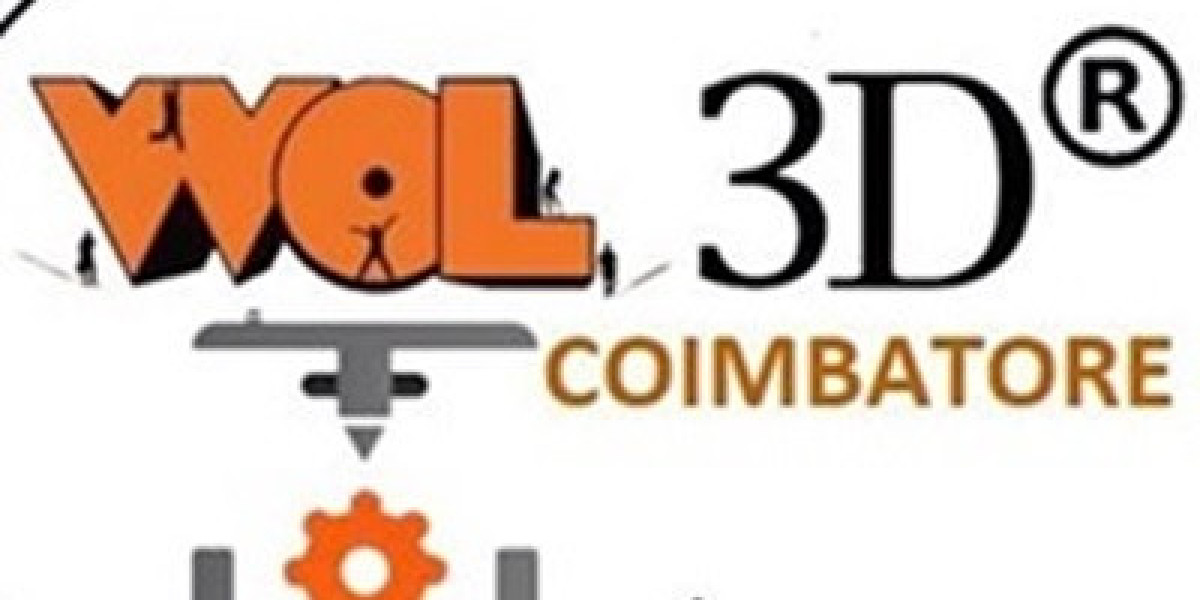I. Introduction to CE Certification
A. What is CE Certification?
CE Certification is a conformity mark that indicates a product complies with European Union (EU) safety, health, and environmental protection standards. It is mandatory for certain products sold in the European Economic Area (EEA).
The "CE" stands for "Conformité Européenne," meaning "European Conformity." It assures customers that the product meets EU regulatory requirements.
B. Purpose of CE Certification
The primary purpose of CE certification is to ensure that products are safe for use and meet the standards established by EU directives. It also enables free movement of goods within the EEA without additional compliance checks.
C. Global Importance of CE Marking
While CE certification is required in Europe, it is recognized globally as a mark of quality and safety, boosting a product's credibility in international markets.
II. Products Requiring CE Certification
A. Categories of Products
CE certification applies to a wide range of products, including:
- Medical devices
- Electrical and electronic equipment
- Machinery
- Toys
- Construction products
- Personal protective equipment (PPE)
B. Applicable EU Directives
CE marking is governed by specific EU directives, such as:
- The Machinery Directive (2006/42/EC)
- The Low Voltage Directive (2014/35/EU)
- The Medical Devices Regulation (EU 2017/745)
- The Toy Safety Directive (2009/48/EC)
C. Exemptions
Some products, like pharmaceuticals, chemicals, and food items, fall outside the scope of CE certification and are regulated under other frameworks.
III. Benefits of CE Certification
A. Market Access
CE certification allows manufacturers to sell their products freely across the EEA, eliminating trade barriers.
B. Enhanced Credibility
Products with CE marking are perceived as high-quality and safe, improving brand reputation.
C. Legal Compliance
CE certification ensures compliance with EU laws, reducing the risk of penalties and legal disputes.
D. Customer Confidence
The CE mark reassures customers that the product meets rigorous safety and quality standards, increasing trust and satisfaction.
E. Competitive Advantage
CE-certified products have a significant advantage in global markets, making it easier to attract distributors and customers.
IV. Steps to Obtain CE Certification
A. Identify Applicable Directives
Manufacturers must determine which EU directives and standards apply to their product category.
B. Conduct Risk Assessment
A thorough risk assessment identifies potential hazards associated with the product and ensures compliance with safety requirements.
C. Prepare Technical Documentation
Technical documentation must include:
- Product design and manufacturing details
- Test reports
- Risk analysis
- Instructions for use
D. Perform Testing
Products must undergo testing to verify compliance with relevant standards. In some cases, testing may be conducted by a Notified Body.
E. Affix the CE Mark
Once compliance is confirmed, manufacturers can affix the CE mark to their product and issue a Declaration of Conformity (DoC).
V. Challenges in Achieving CE Certification
A. Complex Requirements
Navigating the various EU directives and standards can be overwhelming, especially for first-time applicants.
B. Cost of Compliance
Testing, documentation, and certification involve significant costs, which may pose challenges for small businesses.
C. Continuous Updates
Manufacturers must stay updated with changes to EU regulations to maintain compliance.
D. Risk of Non-Compliance
Non-compliance can lead to penalties, product recalls, and damage to reputation.
VI. Maintaining CE Certification
A. Regular Audits
Manufacturers should conduct regular internal audits to ensure ongoing compliance with EU directives.
B. Monitoring Changes in Regulations
Keeping track of updates to EU standards is critical to maintaining certification validity.
C. Continuous Improvement
Implementing feedback from audits and improving processes ensures long-term compliance and product quality.
VII. CE Certification for International Manufacturers
A. Exporting to the EU
Non-EU manufacturers must appoint an Authorized Representative within the EU to manage certification and compliance requirements.
B. Role of Notified Bodies
For certain products, manufacturers must involve a Notified Body for independent assessment and testing.
C. Global Recognition
While CE certification is specific to the EEA, it enhances a product’s reputation and acceptance in other markets, such as the Middle East and Asia.
VIII. Common Misconceptions About CE Certification
A. CE Mark is a Quality Guarantee
The CE mark ensures compliance with safety and regulatory standards, but it is not a guarantee of product quality.
B. Self-Certification Applies to All Products
While some products can be self-certified, others require assessment by a Notified Body.
C. CE Mark Applies Only to EU Products
CE certification is required for any product sold in the EEA, regardless of the manufacturer’s location.
IX. Conclusion
CE certification is a vital step for manufacturers aiming to enter the European market. It not only ensures compliance with safety and regulatory standards but also builds customer trust and enhances global marketability.
By understanding the requirements, preparing thorough documentation, and staying updated with EU regulations, businesses can achieve and maintain CE certification, unlocking new opportunities in the competitive European market.








